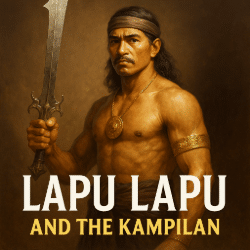Lapu Lapu and the Kampilan: Filipino Martial Legacy
Lapu Lapu’s defiance of Spanish conquest wasn’t just legendary—it was tactical, physical, and martial. Discover how his legacy, leadership, and weapon still shape Filipino martial arts in this historical deep dive.



